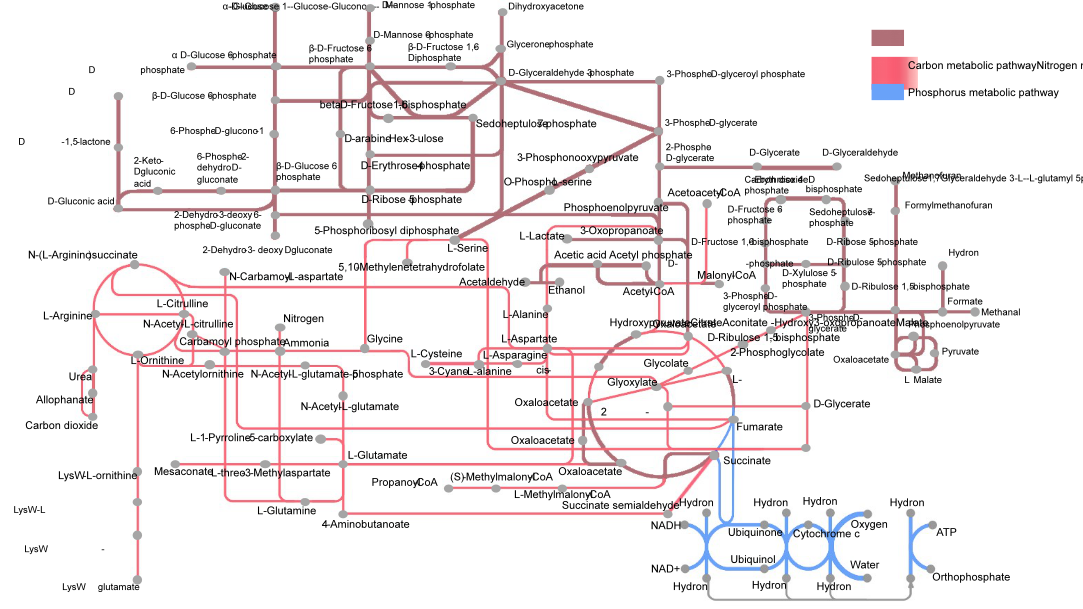
Water treatment ecosystem provides important habitats for various bacterial communities, but the response mechanism of this ecosystem under ultraviolet rays is not yet clear. For this reason, 16S rRNA gene sequencing is used to study the bacterial community structure and metabolic pathways under ultraviolet irradiation. Studies have shown that the bacterial communities under different ultraviolet irradiation are different, which indicates that the time of ultraviolet irradiation has an impact on the structure of bacterial communities. Analysis of driving factors shows that COD, pH, TN and NH3-N also have an impact on the relative abundance of key species. Key species under ultraviolet irradiation are Bacteroidetes, Proteobacteria, Actinobacteria, Firmicutes, Chloroflexi, and Chlamydiae, accounting for 96.69%~98.30%, and ultraviolet irradiation has a significant inhibitory effect on the relative abundance of the key species. As the dominant bacterial phyla in Plateau environment, Chlamydiae is discovered for the first time. The network co-occurrence diagrams constructed under different ultraviolet radiation show that each sample is composed of three independent network diagrams. There are 6 common dominant phyla and 33 common dominant bacterial genera in each sample, which reveals that the structure of the ecosystem is composed of more similar microorganisms, rather than random phenomena. It also reflects the competitive relationship between species and the adaptability of bacteria to the environment. Through the analysis of metabolic pathways, it is found that the dominant metabolic pathways in Plateau environment have certain changes under ultraviolet radiation. Further analysis of metabolic pathways of carbon, nitrogen and phosphorus shows that the relative abundance of related metabolic pathways has a certain change, but the difference in metabolic diagram is small, that is, the effect of ultraviolet radiation is mainly reflected in the relative abundance of metabolic pathways. These findings indicate that ultraviolet radiation in Plateau environment as an important influencing factor has an impact on microbial structure and metabolic pathways. This research provides an important theoretical basis for further understanding of water treatment ecosystem in Plateau environment, and also provides a new perspective for research on sewage treatment systems.
Total file downloads: 7